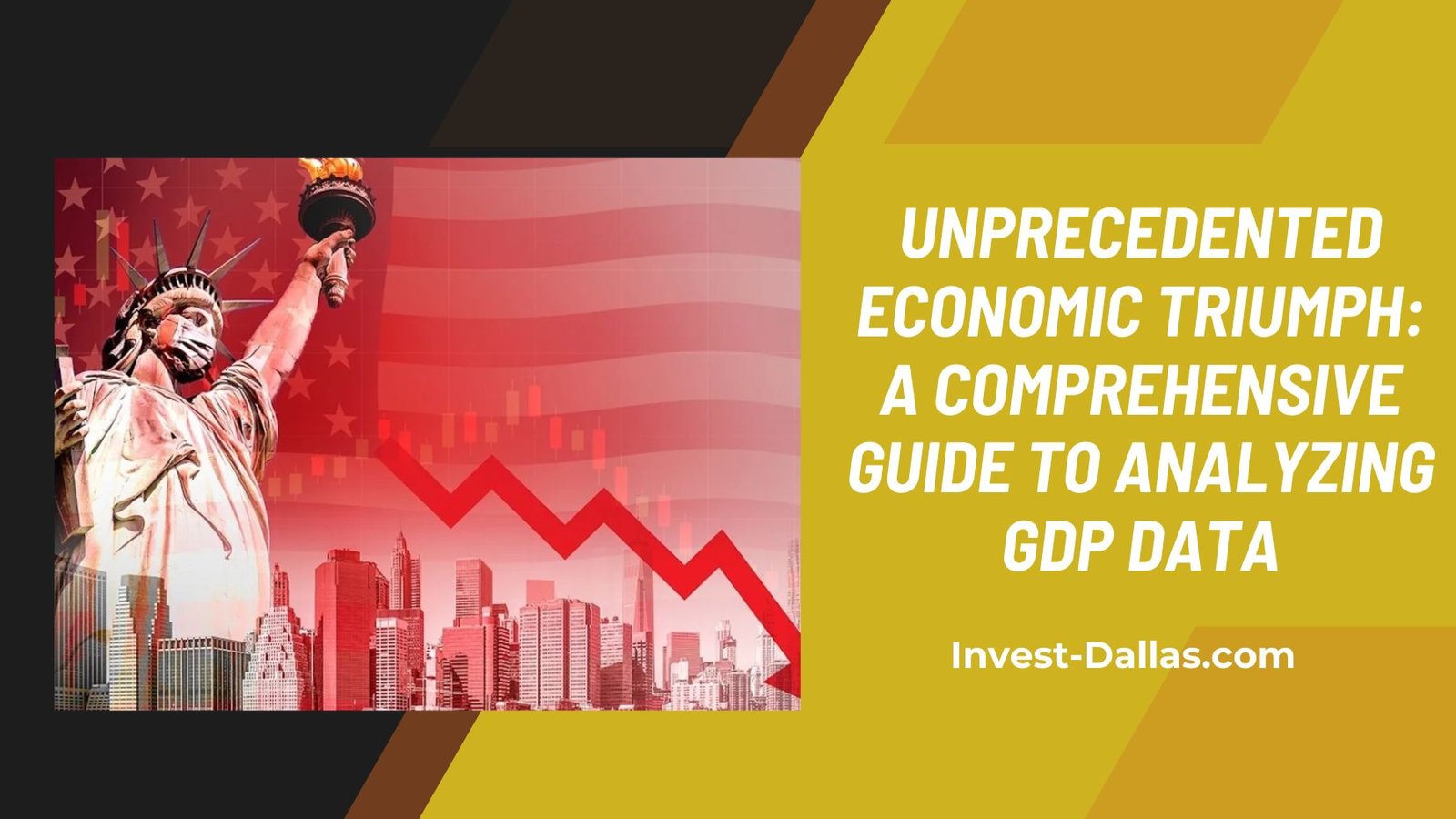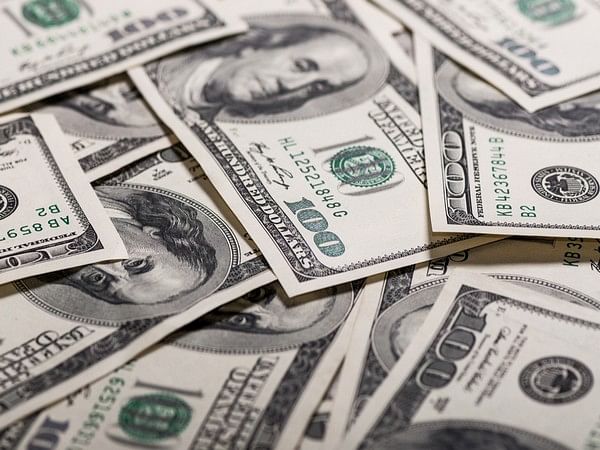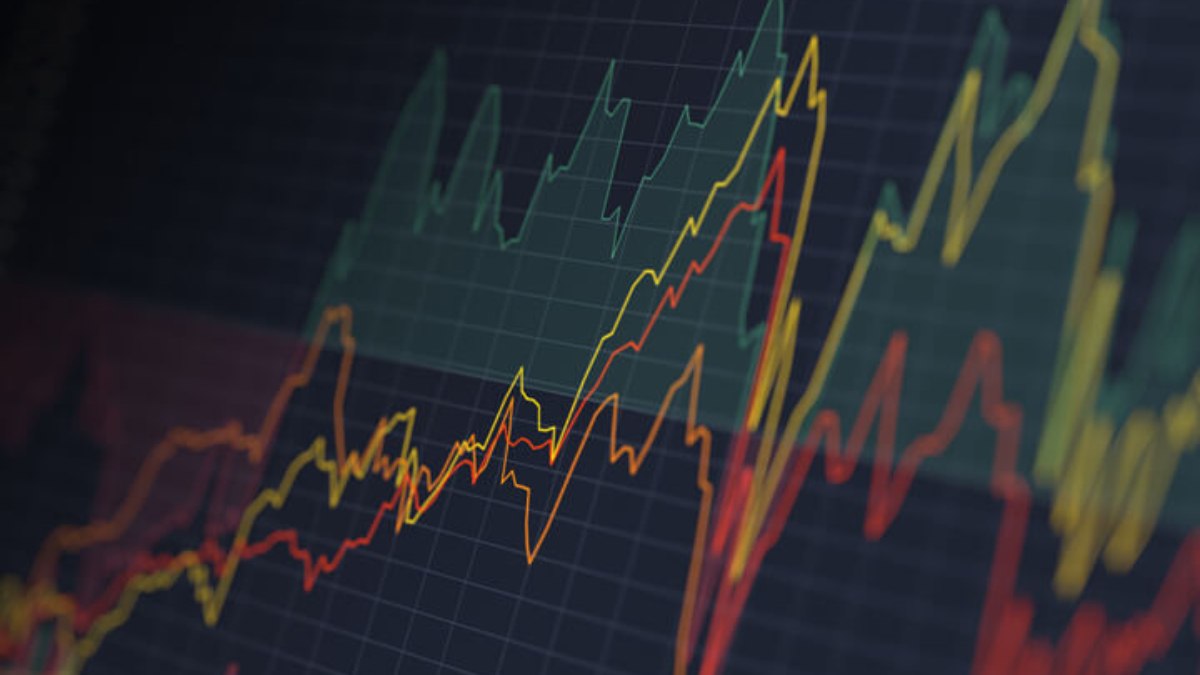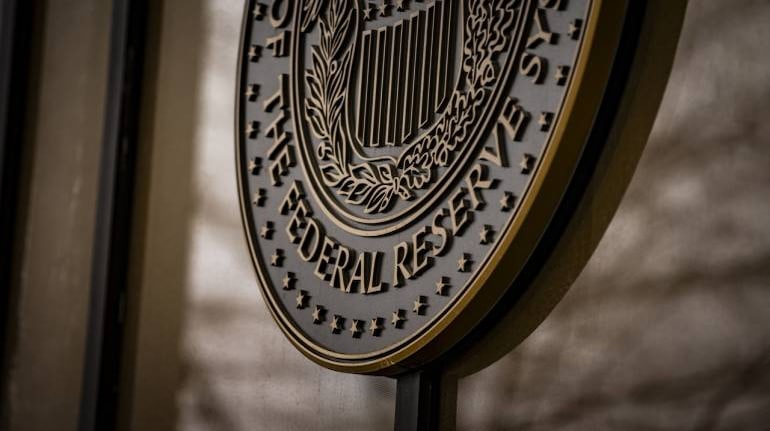
Unprecedented Economic Triumph: A Comprehensive Guide to Analyzing GDP Data
Unprecedented Economic Triumph: A Comprehensive Guide to Analyzing GDP Data
As the world closely observes the economic landscape, the U.S. economy emerges as a beacon of surprise and resilience. Contrary to earlier predictions, it has defied expectations and demonstrated remarkable strength in the face of challenges. The Gross Domestic Product (GDP) data for the recent quarter holds the key to understanding the driving forces behind this unprecedented performance.
In this article, we delve into the crucial indicators that have shaped this outstanding growth and shed light on what lies ahead. Let’s explore the essential aspects that demand our attention as we analyze the remarkable trajectory of the economy.
Strong Consumer Spending and Easing Inflation Propel U.S. Economy Forward in Q2
The U.S. economy continues to show robust growth in the second quarter, defying recession predictions that had loomed earlier in the year. Economists surveyed by The Wall Street Journal anticipate a steady annual GDP growth rate of 2% for Q2, following the trend set in the first quarter and aligning with pre-pandemic expansion figures.
READ MORE:
- How Bad Is China’s Economy? Millions of Young People Are Unemployed and Disillusioned
- The End of an Era: Nat Sherman Townhouse in Midtown Manhattan
Consumer Spending Fuels the Economic Drive
Consumer spending remains a significant driving force, contributing to about two-thirds of the country’s economic output. The surge in consumer activity is attributed to increased spending on experiences like travel and significant purchases, bolstered by a strong labor market where wage gains have outpaced inflation. As supply-chain disruptions ease, Americans are showing an inclination towards purchasing big-ticket items and indulging in online shopping and dining experiences.

However, uncertainties arise as we look ahead. The impact of high-interest rates on consumer behavior is a concern. Items such as vehicles, appliances, and other products that Americans often purchase with loans could become more expensive. Additionally, student-loan repayments are set to resume, and many are depleting the savings accumulated during the pandemic-induced stay-at-home period.
Economic Trends and Investment Figures
At the start of the year, companies reduced investment and curtailed equipment purchases, while residential investment experienced a decline. Both business and residential investments are highly sensitive to fluctuations in interest rates. However, some long-term forces are countering these trends. For instance, a surge in federal spending on chip-manufacturing plants and electric-vehicle factories is compensating for private-sector cutbacks. Furthermore, the shortage of previously owned homes is fostering new construction, despite elevated mortgage rates, suggesting potential growth in residential investment in the coming months.
RELATED POST:
Optimistic Outlook and Improved Economic Forecast

The collective sentiment among consumers, businesses, and economists is growing increasingly optimistic. As inflation begins to recede from historic highs and the labor market maintains its tight state, the possibility of a soft landing, where inflation returns to the Fed’s 2% target without a recession, appears more likely. U.S. consumer confidence has been on the rise, with many expressing positivity about the future, as per the recent report by the Conference Board. Small businesses are also displaying more positive sentiments, with fewer predicting economic worsening in the next 12 months, according to Vistage Worldwide.
Internationally, the outlook is also improving. The International Monetary Fund (IMF) revised its estimates and now projects stronger economic growth in the U.S. and globally for the year. This improved outlook is attributed to labor-market strength, robust spending on services like tourism, and reduced financial stability risks.

Conclusion
In conclusion, the U.S. economy has exhibited resilience and growth in the second quarter, fueled by strong consumer spending, easing inflation, and a tight labor market. The prospect of a recession has diminished, and optimism prevails among consumers and businesses alike. While challenges remain, the overall economic trajectory appears positive, signaling a potentially prosperous year ahead.
Source: https://www.wsj.com/articles/us-gdp-economy-consumer-spending-92482437?mod=hp_lead_pos1








